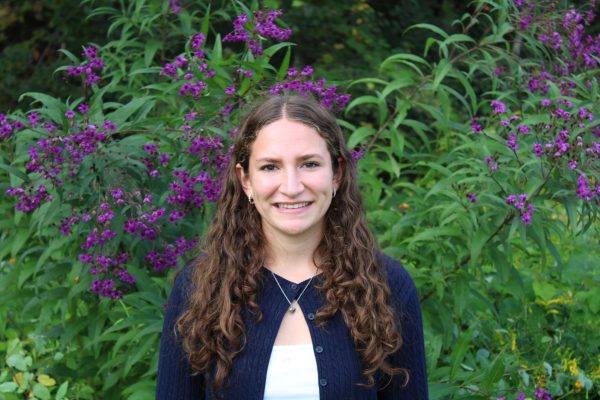While it may be difficult to imagine yourself in a situation where you’ll see someone experiencing an overdose, that was the reality for New York citizen Michael Hage.
On June 30, 2024, Hage was in Utica, New York for a wedding when he faced the harsh reality of opioid addiction. He was in a hotel lobby when a man ran by, shouting that his friend had overdosed on a nearby street. Hage, having Narcan readily available in his car, jumped into action. He was able to administer Narcan to the man before the paramedics arrived. However, he is unsure if the man survived after being taken to the hospital.
Naloxone, also known by the brand name Narcan, is a transformative medication, with the ability to reverse the respiratory and depressive symptoms that are caused by a drug overdose, according to epidemiologist and Wayland resident Traci Green. Coined as “the miracle drug”, this medication works within two to three minutes, possibly extending someone’s life.
While some may believe that Narcan will cause people to be reckless in their drug use, that assumption is speculation. According to primary care and addiction physician Sarah Bagley, having Narcan readily accessible is proven not to be a factor in increased drug use. One comparison that Bagley uses to help people understand, is the effect condoms have on increasing or decreasing sexual activity.
“There is really good evidence that having condoms around doesn’t increase sexual activity,” Bagley said. “What it does is make sure that people have access to protection in case they’re going to have sex. And so I think about it similarly [to Narcan and drug use].”
While drug usage may not always seem obvious in suburban areas such as Wayland, the community did have a death related to opioid overdose in 2021. The use of Narcan and increased drug awareness in general can prevent future deaths due to overdose.
“We’re seeing illicit use, like heroin, fentanyl and fake pills that contain fentanyl as something that is increasing, especially against young people,” Green said. “While use is down, overdose deaths have never been higher in young people.”
Because tweens and teenagers can be vulnerable to drug use, some believe that it’s best for comprehensive drug and Narcan education to begin early. Illicit drug use can start at an early age, with the average first use between ages 13 and 15.
Similar to CPR or the heimlich maneuver, Narcan cannot be administered by the person who overdosed, meaning it must be given by someone else. Therefore, people need to be taught how to properly use it on another person.
“It’s really important to advocate for [Narcan] and provide access to supplies, services and information, so that people know how to stay safe,” Green said.
Drug related stigma can cause people to not know how to properly address a person dealing with addiction. According to Green, it can be challenging for people who use drugs to initiate conversation regarding their addiction, due to the judgement surrounding drug use.
“One of the biggest hurdles [in getting people to talk about their drug usage] is that people believe they will lose jobs or school or friends or family, and that their use is something to hide,” Green said. “That’s one of the biggest challenges, because stigma is what can kill people.”
Some people may hesitate to jump into action during a situation when someone is experiencing a drug overdose due to the pressure and confusion of an emergency situation. However, Narcan is relatively simple to use, meaning anyone can administer it to a patient, not just paramedics. According to Hage, it’s important for everyone to be educated on how to use Narcan in case a situation like his arises.
“I’ve been trained in emergency response,” Hage said. “I’m not a paramedic, but I’m an Eagle Scout, so I’ve had that mindset of helping your neighbor and being ready for things.”
It may be difficult for some to put themselves in the shoes of people dealing with drug addiction, and to understand how one can end up in these situations. It can be easy to turn the other way and ignore this issue. However, this way of thinking can be dangerous and possibly lead to a lack of help for those in need.
“If we think about [the drug issue] like a public health intervention, or sort of something we should be learning about from a community safety perspective, that might be a helpful way for teens, but also families and communities to frame the issue,” Bagley said.
At WHS, student-run clubs, such as Medical Club, have taken initiative to ensure more students are informed and aware about drug overdose and prevention. Medical Club leaders Olivia Green and Miriam Qureshi have held meetings weekly on Thursday mornings to discuss the benefits of Narcan, hoping to increase accessibility, especially within schools.
“Opioid addiction and overdose is definitely a huge issue challenging our society, whether people know it or not, so I think it’s important [to join Medical Club], not only for getting experience and learning about the field, but also for advocacy,” Qureshi said.
According to the Alcohol and Drug Foundation, education on addiction needs to stray from the “scare tactic,” which is when educators attempt to instill fear in students with harsh real world examples. However, research has shown that this is not effective and can promote more risk-taking behavior, creating a trust barrier between adults and students. Studies are now showing that a more supportive environment is more effective when facilitating conversations around drug addiction. So, while it is crucial to be careful when implementing conversation regarding the topic of drug abuse and prevention into schools, this caution does not lessen its importance and relevance, as 90% of those struggling with addiction admit to using substances before the age of 18.
“I like the idea that the Medical Club is going in that direction,” T. Green said. “I think that there are other clubs that potentially could do so as well to help support [people], allowing people to openly ask questions and seek support.”
In Wayland, conversations surrounding overdose aren’t frequent, due in part to the low numbers in opioid-related deaths. According to T. Green, being in an area where drug overdose is less common can lead to the assumption that Wayland is not affected. She mentions how she was shocked by the number of Wayland families who seek out Narcan and support, reminding everyone that Wayland is not an exception to drug addiction, and that addiction knows no boundaries, existing anywhere and everywhere.
“Everyone’s got to be a little aware about [drug addiction] and look out for one another,” Hage said. “[Addiction] doesn’t discriminate.”

![During the WHS club fair, senior Molly Bergeron is watching a student sign up for her club, Eliza J. Norton Foundation. In this club, students meet every week and come up with ideas to spread the message. "[This club] really touches a lot of people in the town," Bergeron said.](https://waylandstudentpress.com/wp-content/uploads/2025/10/IMG_1335-1200x800.jpg)

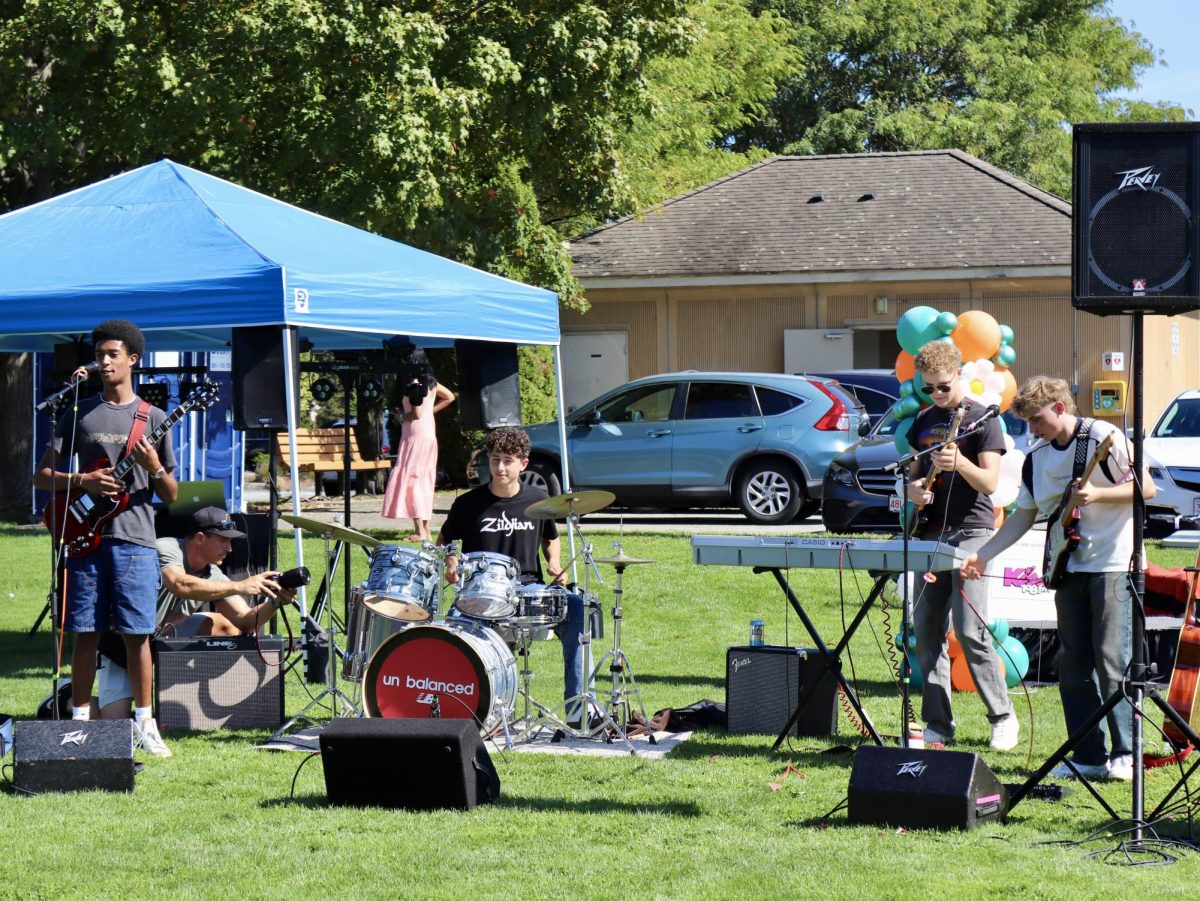

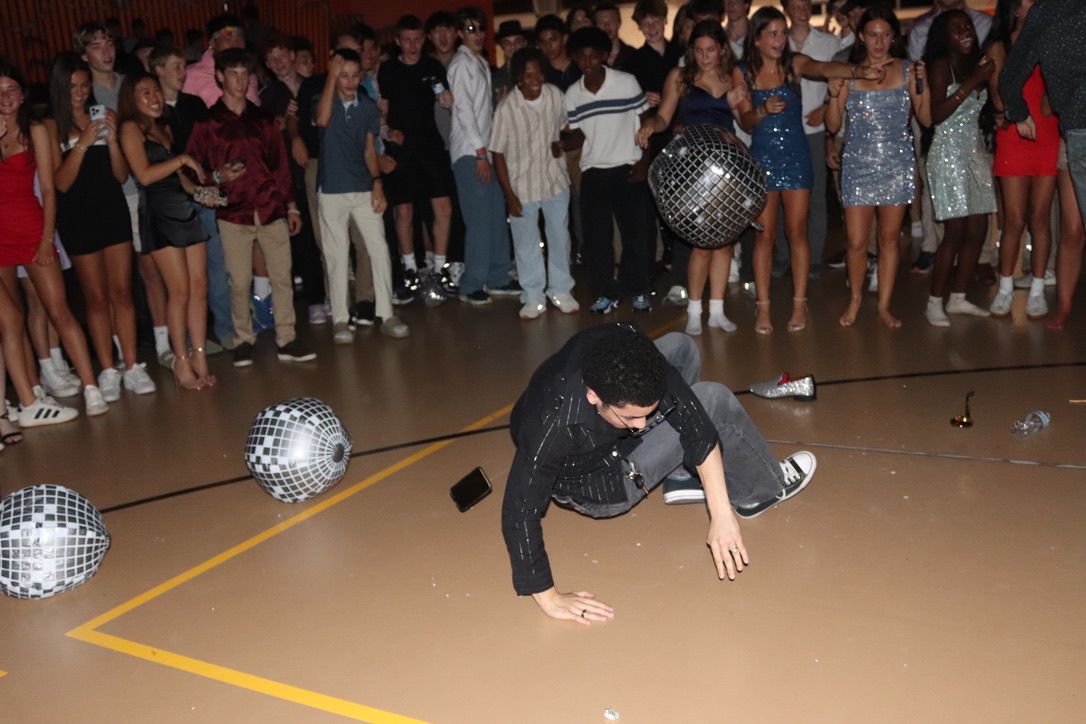





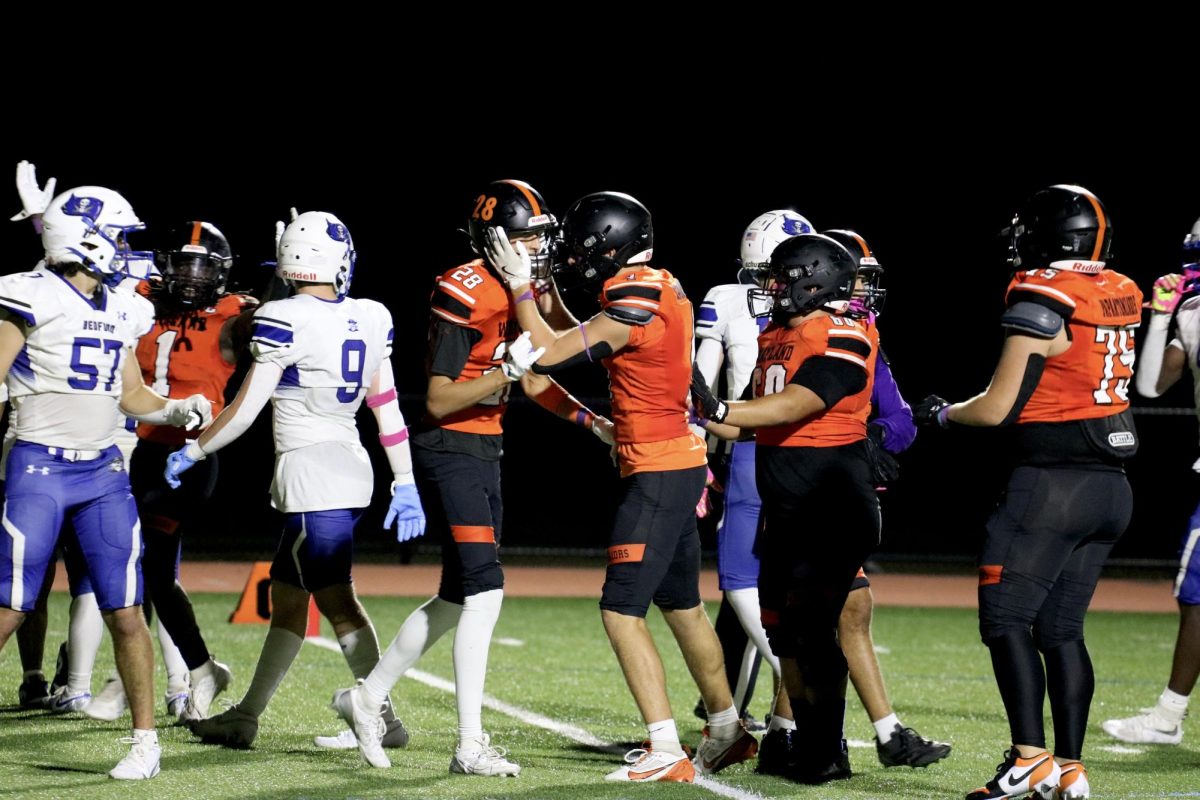



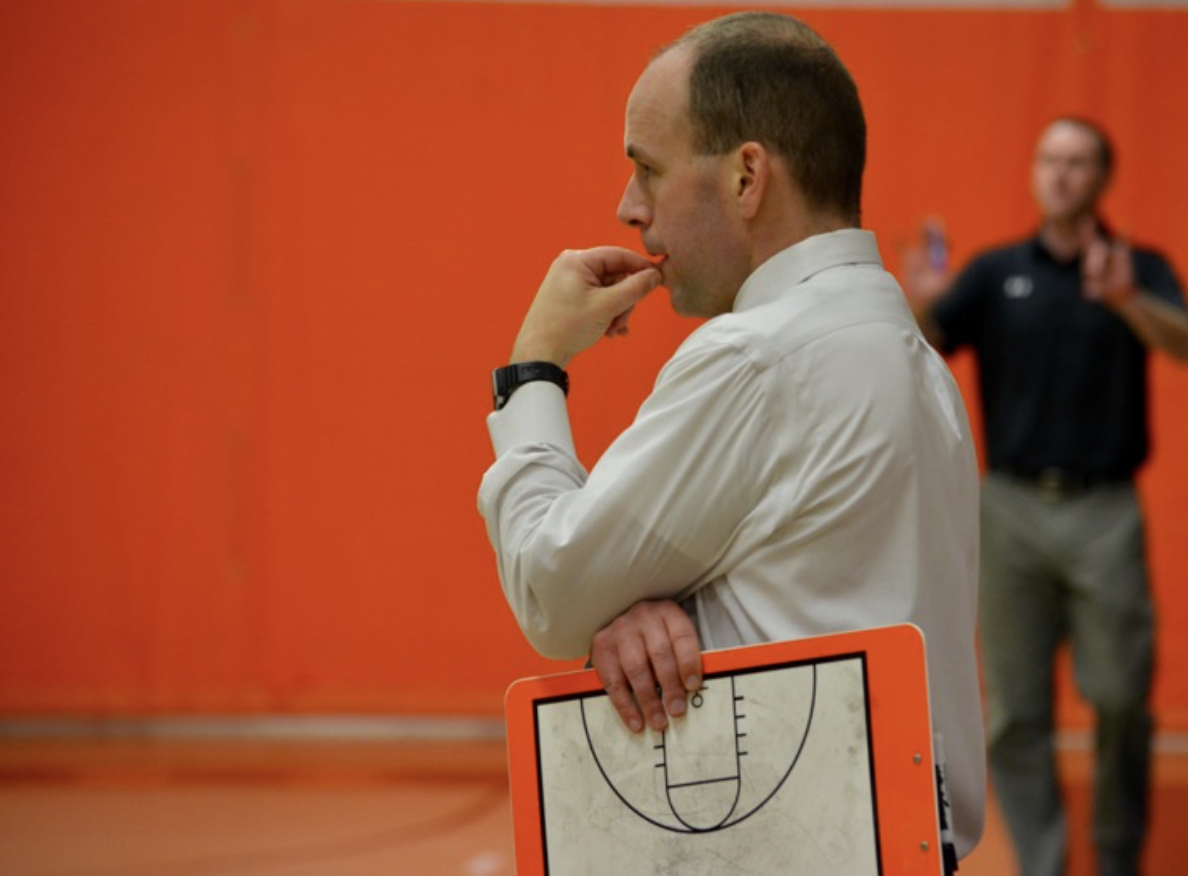






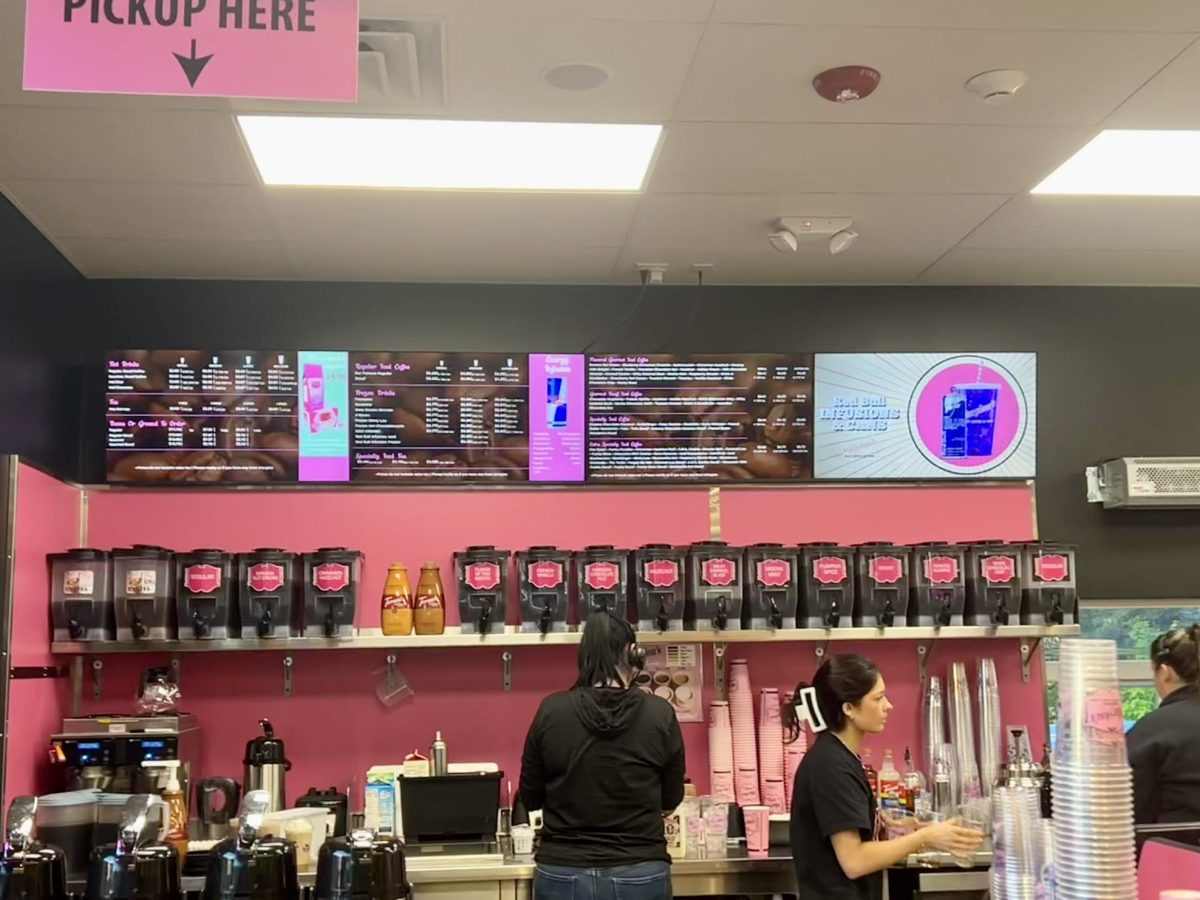

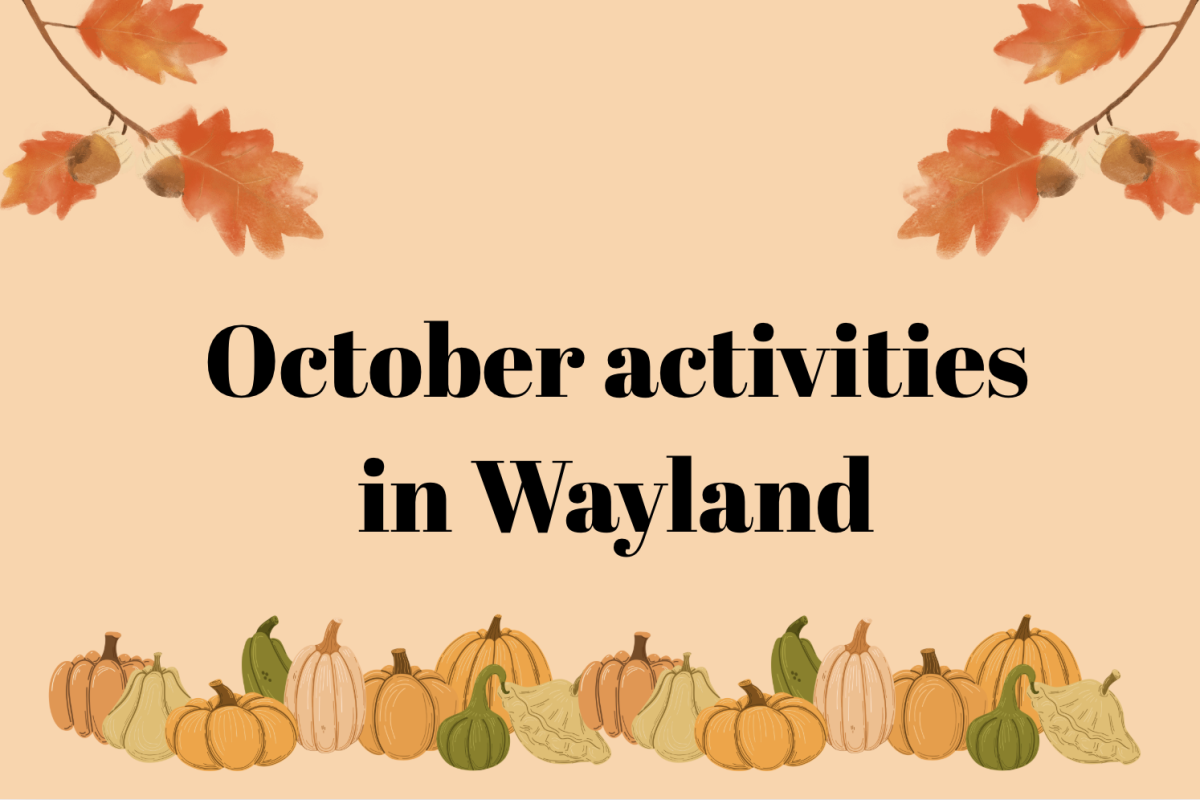



![Naloxone, also known by the brand name Narcan, is a medicine that can reverse the effects of an opioid overdose. The opioid epidemic in the U.S. has resulted in stigma that has shaped society’s view on addiction. “Everyone’s got to be a little aware about [drug addiction] and look out for one another,” New York citizen Michael Hage said. “[Addiction] doesn’t discriminate.”](https://waylandstudentpress.com/wp-content/uploads/2025/04/Screenshot-2025-04-14-at-7.46.27 PM-1200x927.png)

